Home>Gardening & Outdoor>Landscaping Ideas>How Soon To Fertilize New Grass
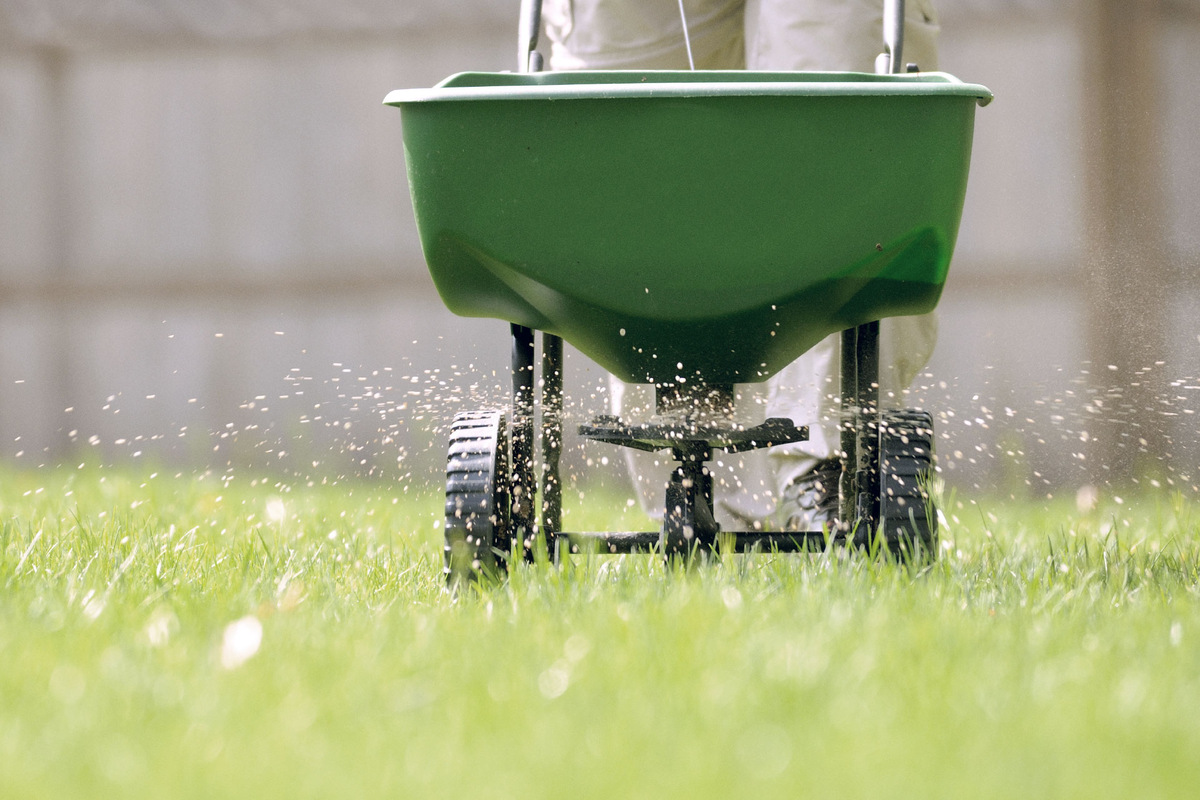

Landscaping Ideas
How Soon To Fertilize New Grass
Published: January 24, 2024
Learn the best landscaping ideas for fertilizing new grass and achieving a lush, healthy lawn. Discover when and how to fertilize for optimal results.
(Many of the links in this article redirect to a specific reviewed product. Your purchase of these products through affiliate links helps to generate commission for Storables.com, at no extra cost. Learn more)
Introduction
So, you've just planted a brand-new lawn, and you're eager to see it thrive. Proper fertilization is a crucial step in nurturing your young grass and ensuring its lush, vibrant growth. However, timing is everything when it comes to fertilizing new grass. In this comprehensive guide, we'll explore the best practices for fertilizing newly seeded or sodded grass to help you achieve a healthy and resilient lawn.
Fertilizing new grass requires a delicate balance of timing, nutrients, and application techniques to support its establishment and long-term vitality. By understanding the key factors that influence the success of your new lawn, you can make informed decisions and set the stage for a thriving outdoor oasis. Let's delve into the essential considerations and best practices for fertilizing new grass, so you can embark on this journey with confidence and expertise.
Key Takeaways:
- Timing is crucial when fertilizing new grass. Wait for the grass to establish before applying fertilizer, and choose the right type based on the season and grass type.
- Use a balanced “starter fertilizer” for new grass, and apply it evenly with a broadcast spreader. Monitor the grass’s response and adjust watering as needed for optimal growth.
Read more: How Soon To Mow New Grass
Factors to Consider Before Fertilizing New Grass
Before reaching for the fertilizer spreader, it’s crucial to assess several key factors that can significantly impact the success of your new grass. Understanding these considerations will help you make informed decisions and tailor your fertilization approach to suit the specific needs of your lawn. Let’s explore the essential factors to consider before fertilizing new grass:
- Type of Grass: The type of grass you’ve planted plays a pivotal role in determining its fertilizer requirements. Different grass species have varying needs in terms of nutrients and growth patterns. Warm-season grasses, such as Bermuda or Zoysia, may have different fertilization schedules compared to cool-season grasses like Kentucky bluegrass or fescue.
- Soil Conditions: Assessing the soil composition and pH levels is crucial before applying fertilizer. Conducting a soil test can provide valuable insights into the soil’s nutrient levels and help identify any deficiencies that need to be addressed through fertilization.
- Age of the Grass: Newly seeded or sodded grass has distinct requirements during its establishment phase. Understanding the age of your grass will dictate the type of fertilizer and application rates that are most suitable for promoting healthy root development and overall growth.
- Environmental Factors: Consider environmental variables such as climate, temperature, and precipitation patterns in your region. These factors can influence the timing and frequency of fertilization, ensuring that the grass receives nutrients when it can best utilize them for growth.
- Existing Weeds and Pests: Assess the presence of weeds and pests in your new lawn. Addressing any weed or pest issues before fertilizing can prevent these unwanted intruders from competing with your grass for essential nutrients.
By carefully evaluating these factors, you can tailor your fertilization approach to suit the specific needs of your new grass, setting the stage for robust and healthy growth.
Best Time to Fertilize New Grass
Timing is critical when it comes to fertilizing new grass, as applying fertilizer at the right time can significantly impact the establishment and long-term health of your lawn. The best time to fertilize new grass is influenced by several factors, including the type of grass, the season, and the stage of grass establishment. Let’s explore the optimal timing for fertilizing new grass to maximize its potential for lush, vigorous growth:
- Establishment Phase: For newly seeded grass, it’s essential to wait until the new grass has been mowed at least three times before applying fertilizer. This allows the grass to develop a strong root system and minimizes the risk of fertilizer burn during its delicate early stages of growth.
- Sodded Grass: If you’ve established your lawn using sod, it’s best to wait approximately 6-8 weeks before applying fertilizer. This timeframe allows the sod to knit with the soil and ensures that the grass is ready to effectively utilize the nutrients provided by the fertilizer.
- Seasonal Considerations: The best time to fertilize new grass is during its active growth periods. For cool-season grasses, such as Kentucky bluegrass or fescue, early fall is an ideal time for fertilization, as the grass experiences vigorous growth during this period. Conversely, warm-season grasses, like Bermuda or Zoysia, benefit from fertilization in late spring or early summer when they are actively growing.
- Avoiding Extreme Conditions: It’s important to avoid fertilizing new grass during periods of extreme heat or drought, as this can stress the grass and lead to potential damage. Similarly, fertilizing just before heavy rainfall can result in nutrient runoff, reducing the fertilizer’s effectiveness and impacting the surrounding environment.
- Soil Temperature: Monitoring soil temperature can help determine the best time for fertilization. As a general guideline, fertilizing when the soil temperature is conducive to active grass growth allows the grass to efficiently absorb and utilize the nutrients for optimal development.
By aligning your fertilization schedule with the specific needs and growth patterns of your new grass, you can maximize the benefits of the fertilizer and support the establishment of a healthy, resilient lawn.
Wait until the new grass has been mowed 3 times before fertilizing. This allows the roots to establish and reduces the risk of burning the young grass.
How to Fertilize New Grass
Fertilizing new grass involves a strategic approach to ensure that the young, tender plants receive the necessary nutrients for robust growth without being overwhelmed or damaged by the fertilizer. By following best practices and employing proper techniques, you can effectively fertilize your new grass and set the stage for a thriving lawn. Here’s a step-by-step guide on how to fertilize new grass:
- Choose the Right Fertilizer: Select a high-quality, balanced fertilizer specifically formulated for new grass. Look for a fertilizer with a formulation designed to support young grass’s establishment and early growth, typically labeled as “starter fertilizer.”
- Measure the Area: Calculate the square footage of your lawn to determine the amount of fertilizer needed. Refer to the fertilizer packaging for recommended application rates based on the lawn size.
- Apply Fertilizer Evenly: Use a broadcast spreader to evenly distribute the fertilizer across the lawn. Ensure a consistent application to prevent uneven growth and potential damage to the grass.
- Timing and Technique: Apply the fertilizer when the grass is dry to prevent clumping and ensure uniform coverage. It’s best to fertilize in the morning or early evening when the weather is mild and the grass can readily absorb the nutrients.
- Watering After Fertilization: After applying the fertilizer, lightly water the lawn to help the nutrients penetrate the soil and reach the grassroots. Avoid excessive watering, as this can lead to nutrient runoff and diminish the fertilizer’s effectiveness.
- Monitor and Adjust: Keep an eye on the grass’s response to the fertilizer and adjust your watering schedule as needed. Observing the grass’s growth and overall health can help you fine-tune your fertilization approach for optimal results.
By following these steps and paying attention to the specific needs of your new grass, you can fertilize your lawn effectively and contribute to its healthy development. Remember to adhere to the recommended application rates and guidelines provided by the fertilizer manufacturer to achieve the best outcomes.
Conclusion
Fertilizing new grass is a pivotal step in establishing a vibrant and resilient lawn, and understanding the optimal timing and techniques is essential for success. By considering the type of grass, soil conditions, and seasonal factors before fertilizing, you can tailor your approach to meet the specific needs of your new lawn. The careful timing of fertilization, aligned with the grass’s growth stage and environmental conditions, can maximize the effectiveness of the nutrients and support healthy, vigorous growth.
When it comes to fertilizing new grass, patience and precision are key. Waiting for the grass to establish itself before applying fertilizer, choosing the right type of fertilizer, and employing proper application techniques are crucial for nurturing the young plants and promoting a lush, thriving lawn. By following best practices and remaining attentive to the grass’s response, you can contribute to the long-term health and beauty of your new lawn.
Remember, the journey to a flourishing lawn is a dynamic process that requires ongoing care and attention. Regular monitoring of the grass’s growth, coupled with thoughtful adjustments to your fertilization and watering practices, can help you achieve and maintain a healthy, vibrant lawn that enhances your outdoor space for years to come. With the right knowledge and approach, fertilizing new grass becomes a rewarding endeavor that yields a lush, resilient lawn that you can enjoy and take pride in.
So, as you embark on this journey of nurturing your new grass, remember that each step you take to support its growth contributes to the creation of a beautiful, inviting outdoor sanctuary that you and your loved ones can cherish for years to come.
Frequently Asked Questions about How Soon To Fertilize New Grass
Was this page helpful?
At Storables.com, we guarantee accurate and reliable information. Our content, validated by Expert Board Contributors, is crafted following stringent Editorial Policies. We're committed to providing you with well-researched, expert-backed insights for all your informational needs.


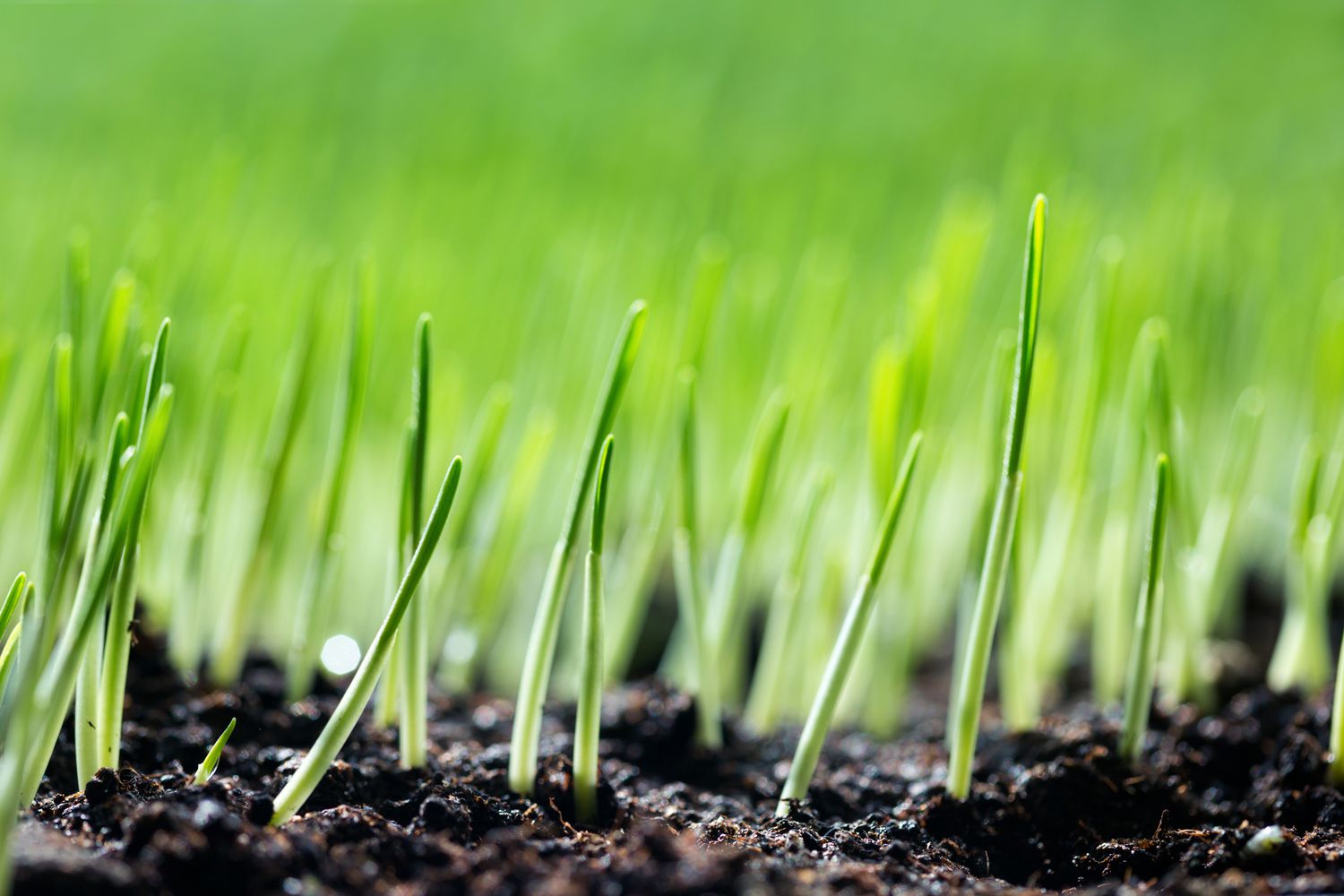

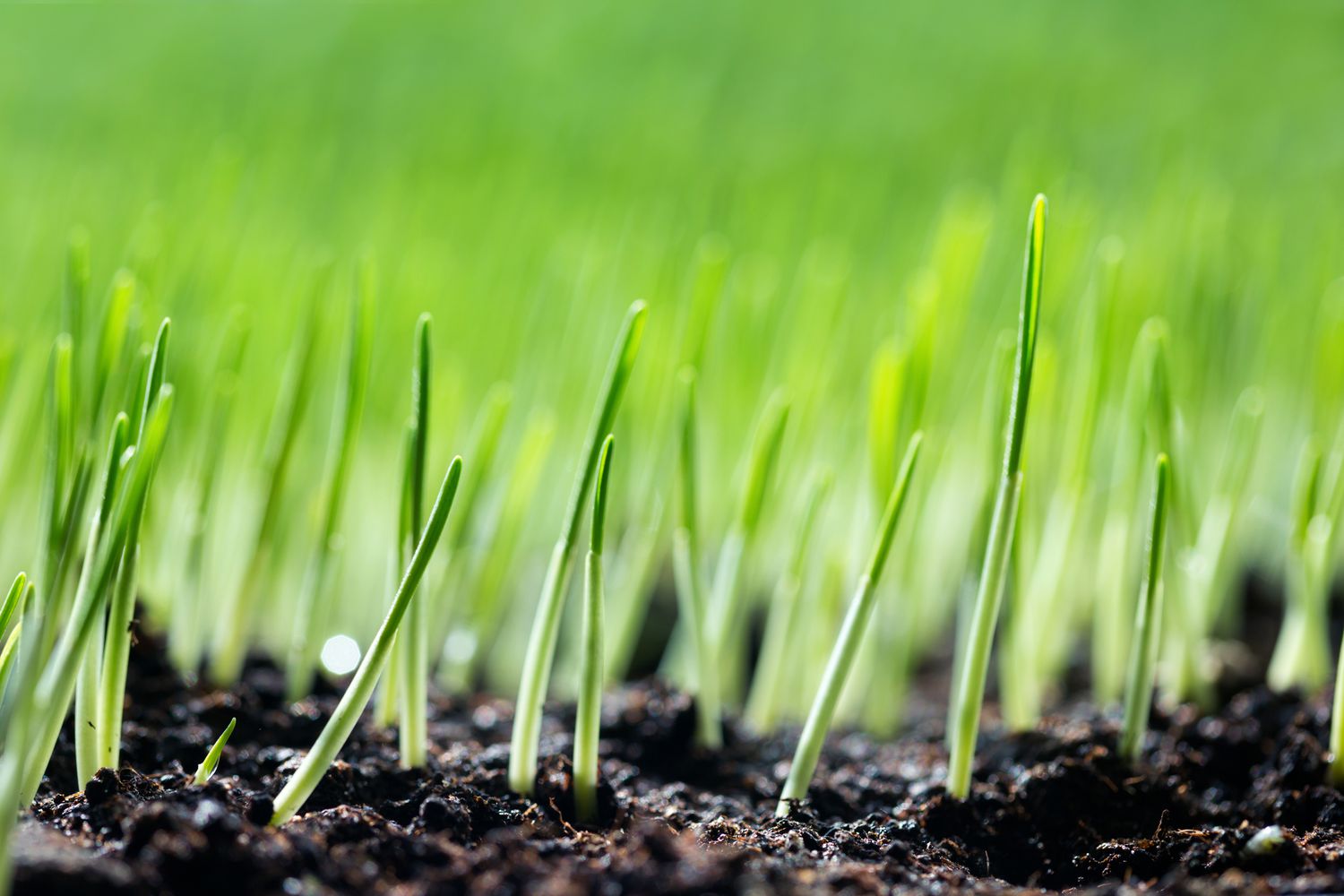
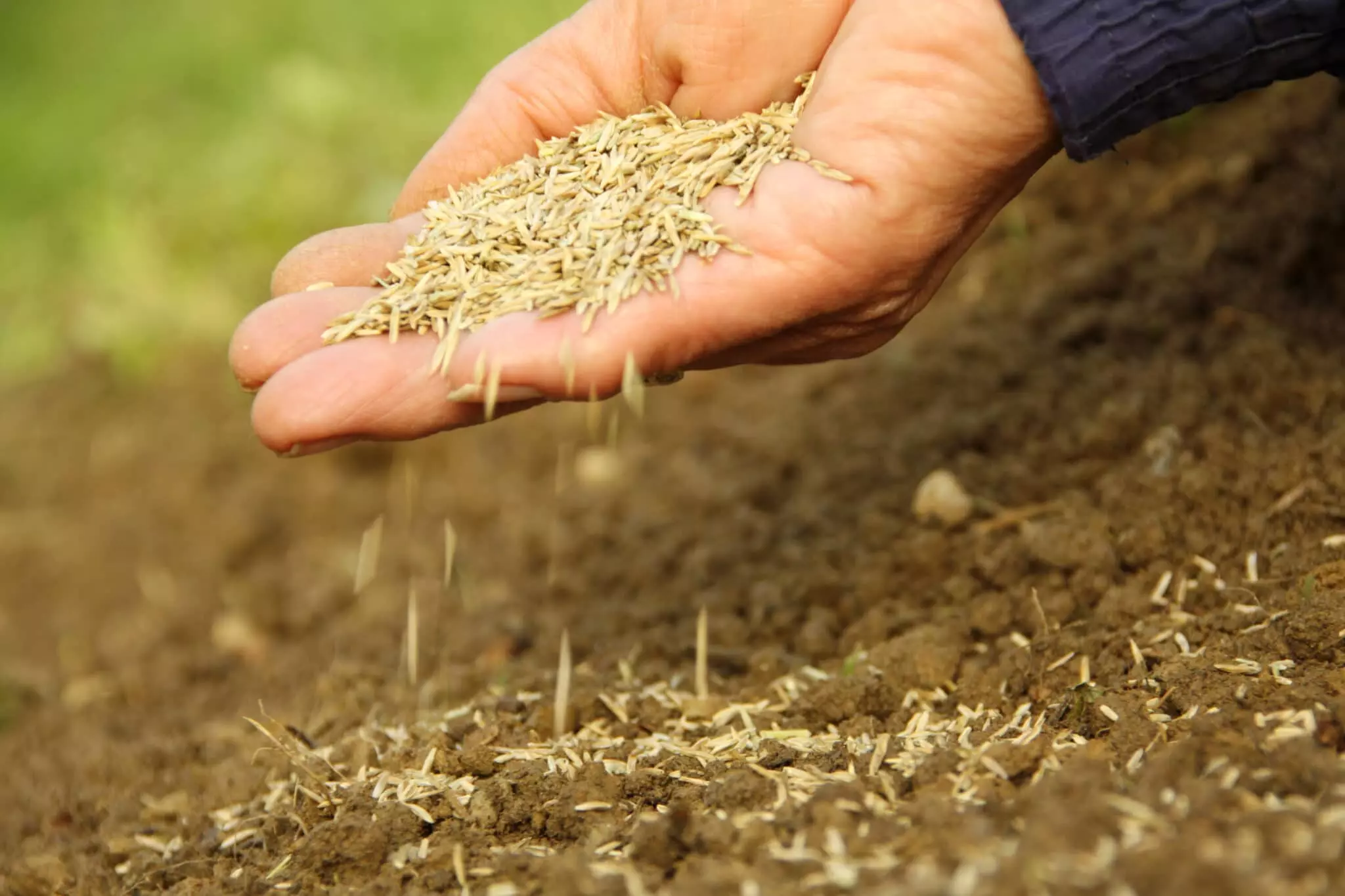
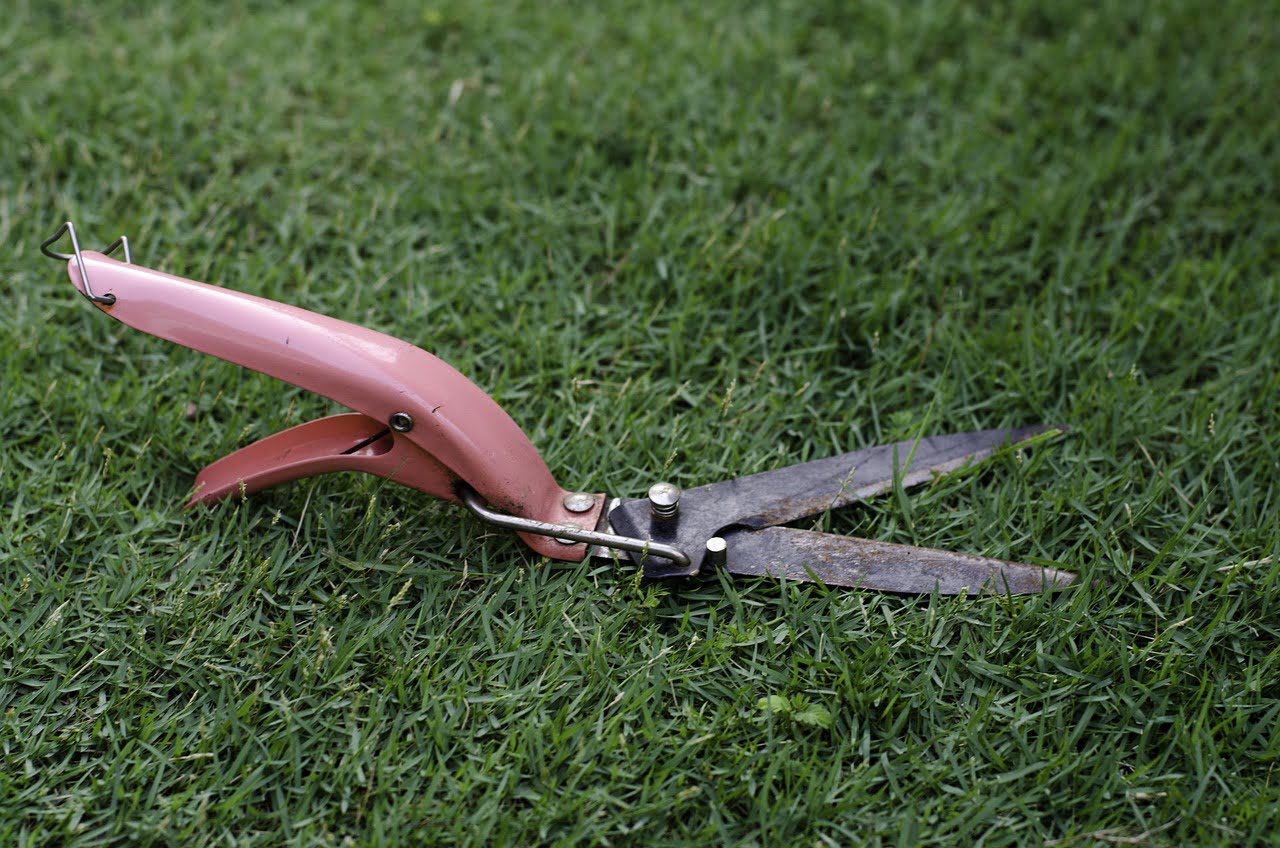
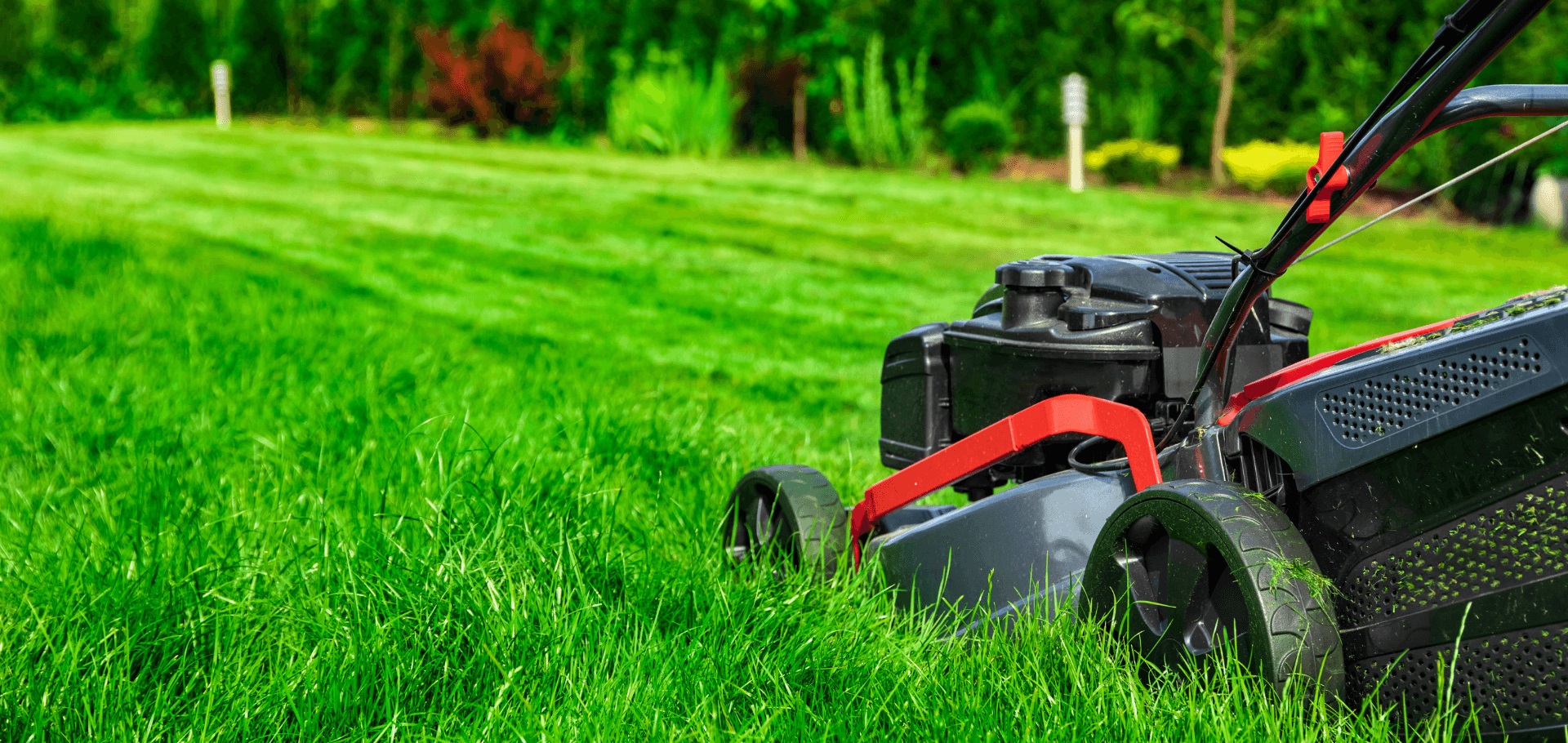
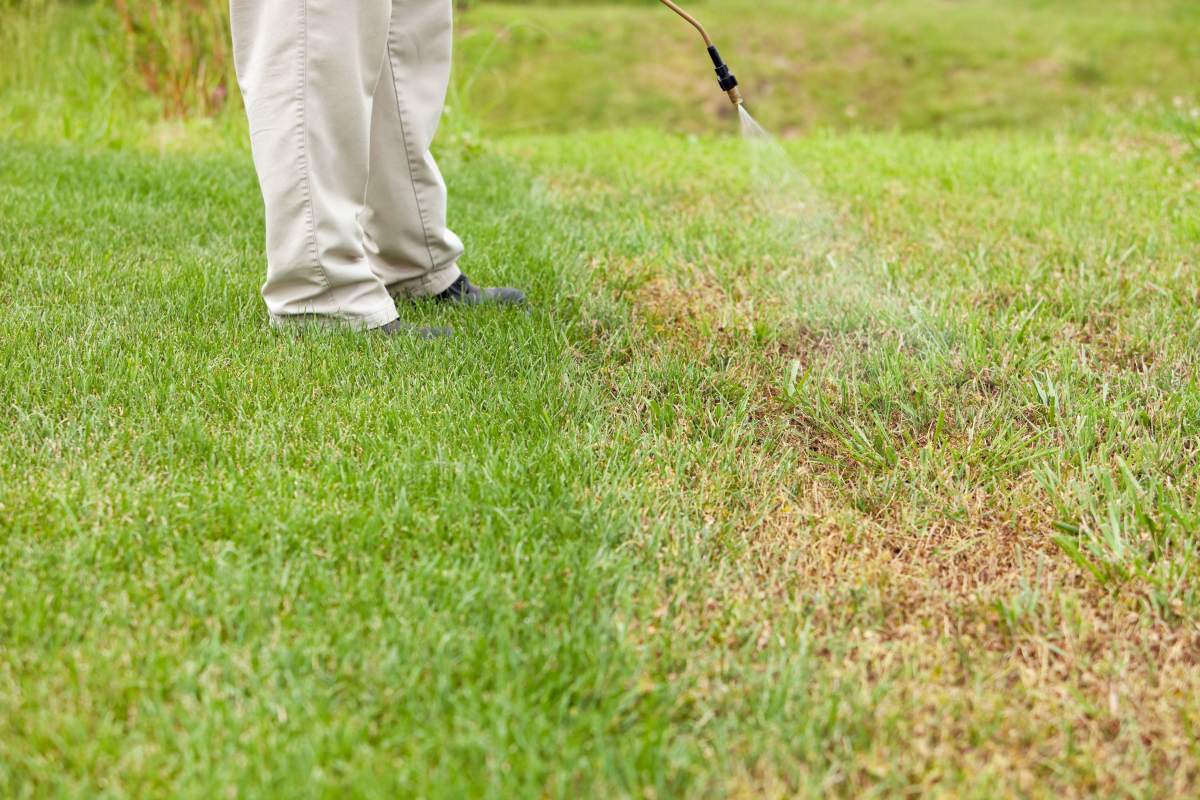
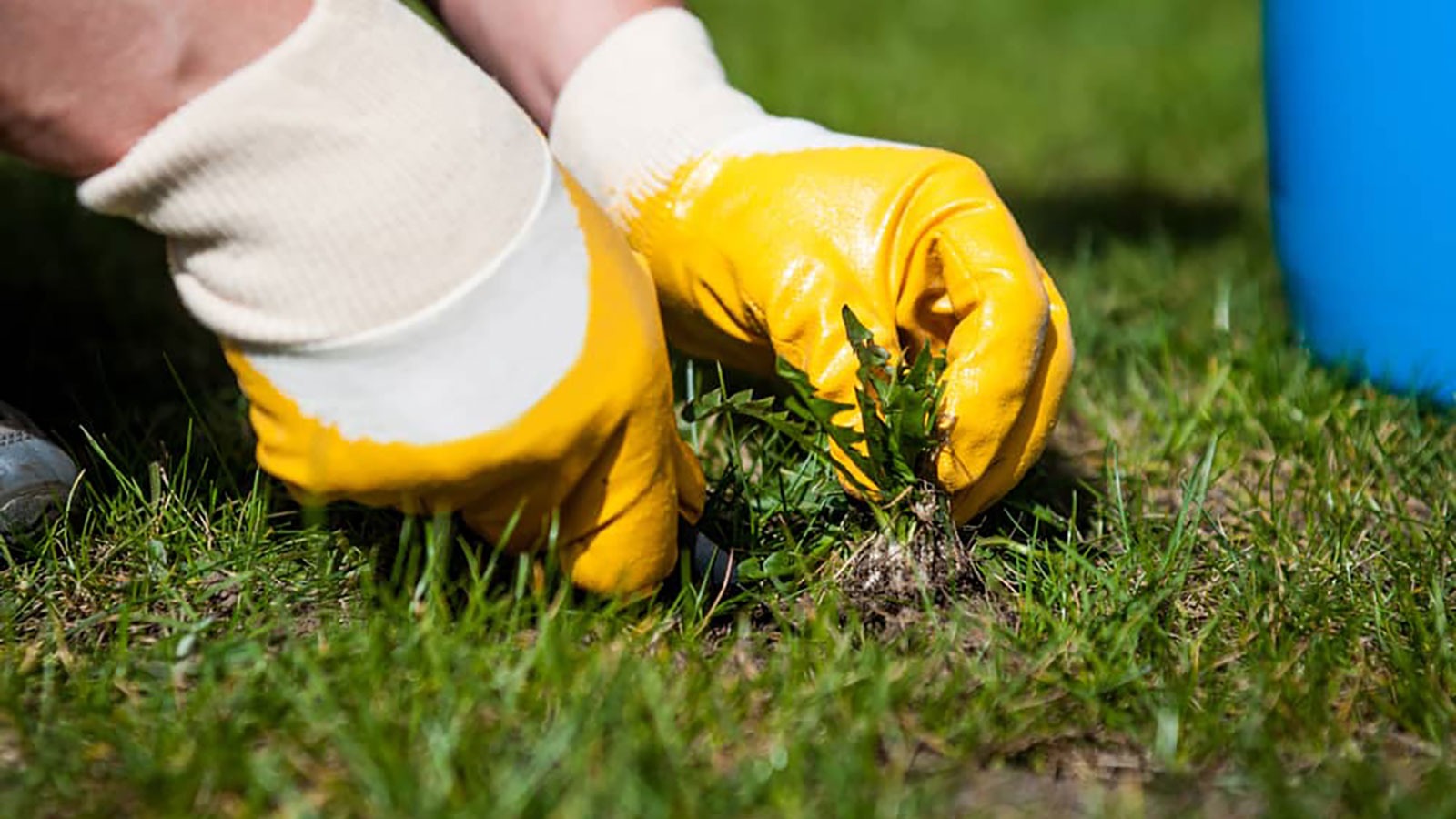

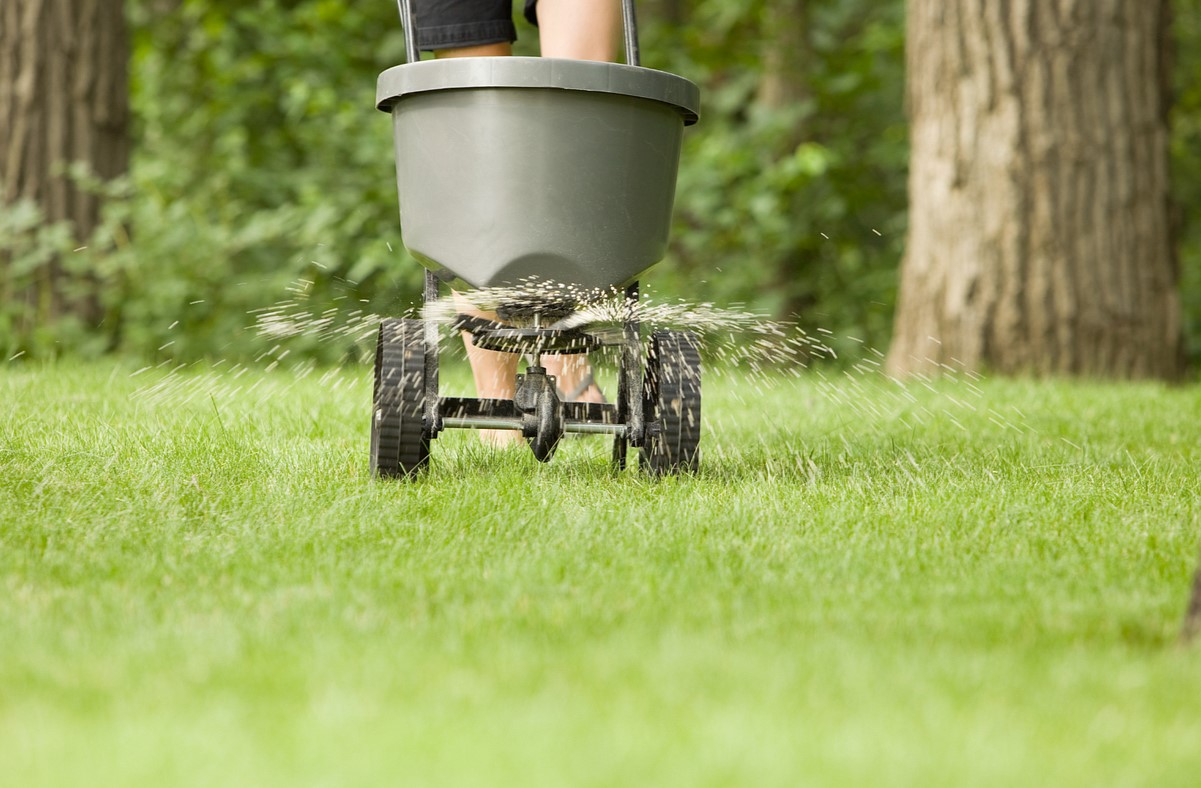
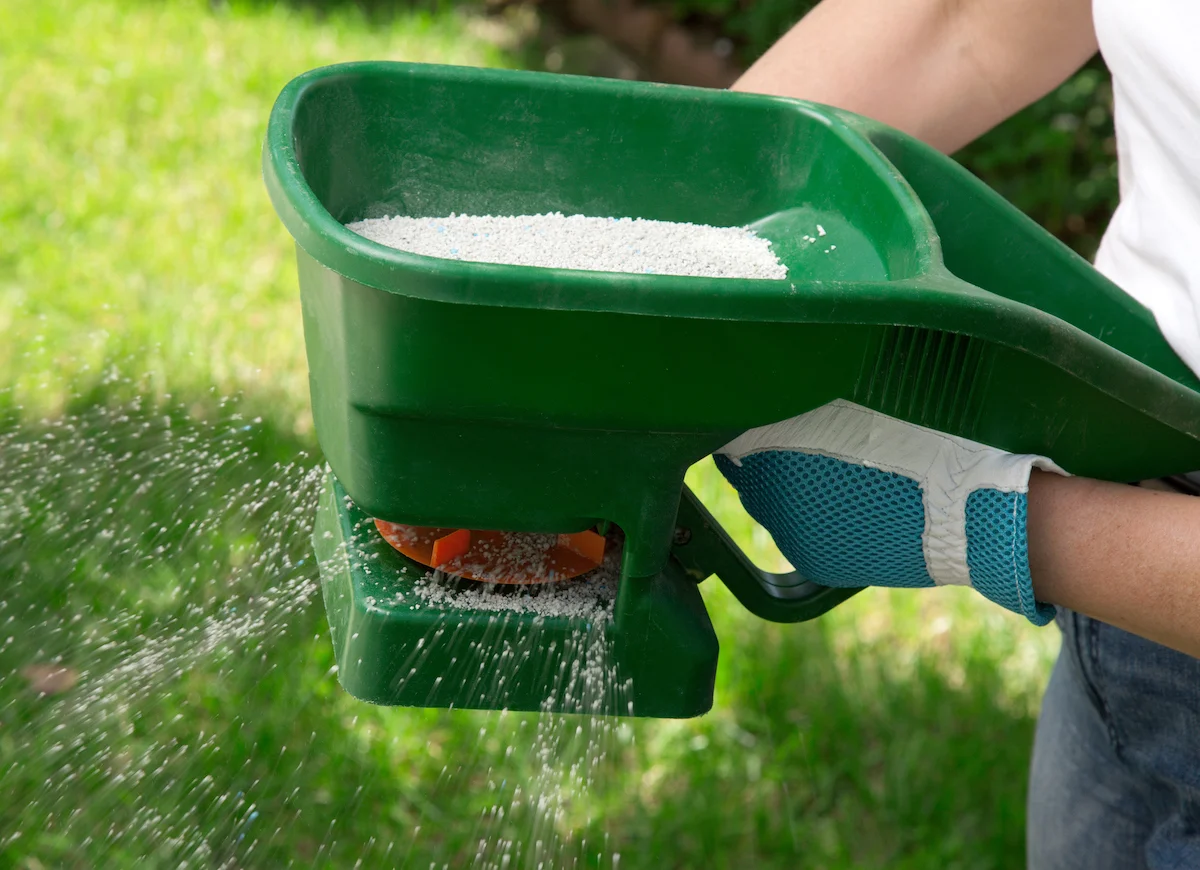



0 thoughts on “How Soon To Fertilize New Grass”